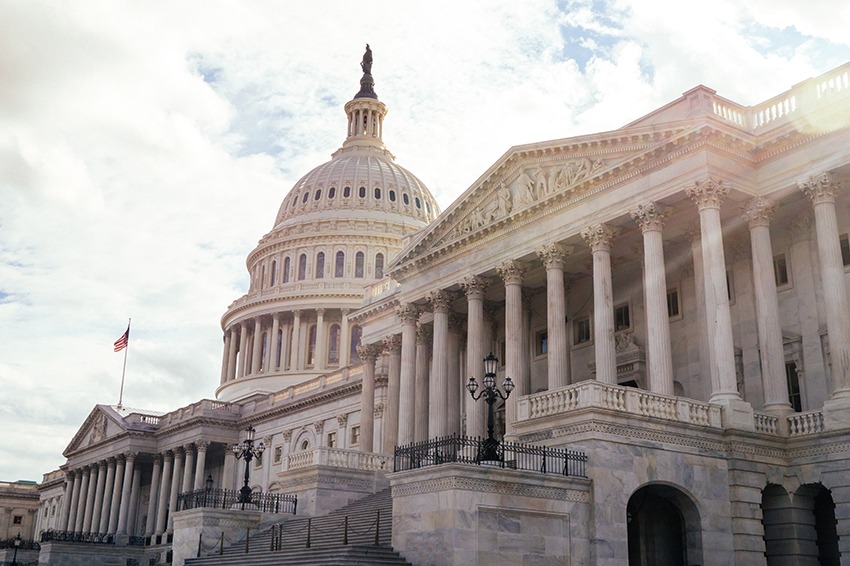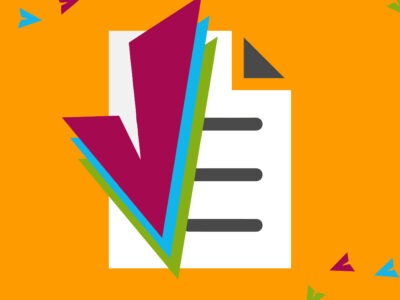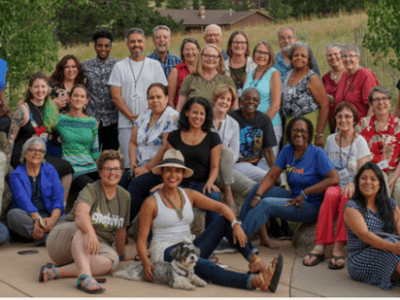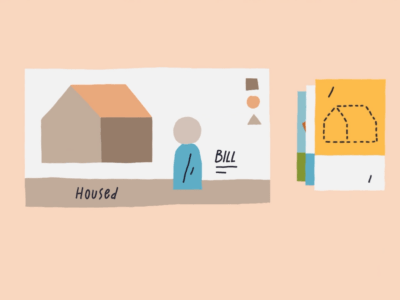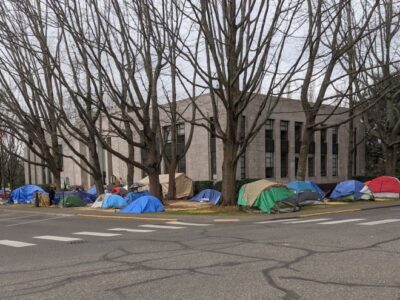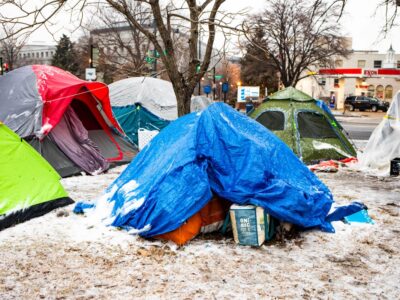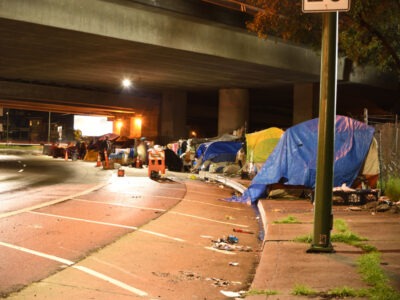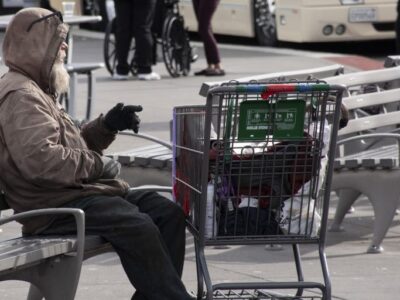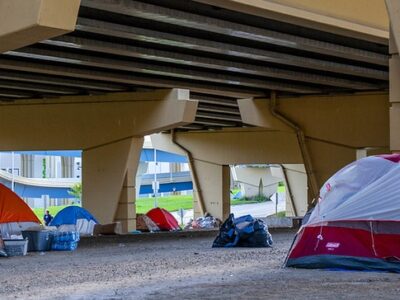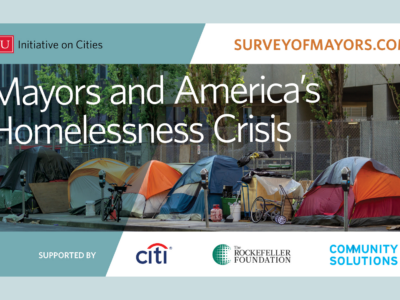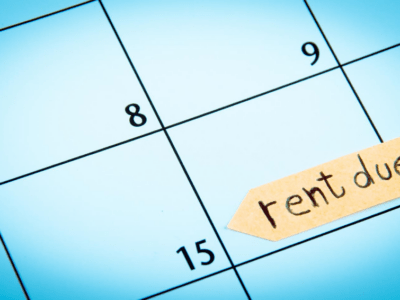The recently-passed CARES Act includes financial support for housing and homeless organizations through several pots of money, which include:
- $12 billion for the Department of Housing and Urban Development (HUD) specifically for housing and homeless programs.
- $150 billion directly to states and local governments through the Coronavirus Relief Fund
- $45 billion through FEMA’s Disaster Relief Fund.
Financial support is also available to nonprofit organizations through the Small Business Administration. An overview of these funds are provided below. All timelines noted are based on enactment of the legislation on March 27, 2020.
April 1, 2020 Update: HUD Provides Flexibility for CoC, ESG, and HOPWA Funds
On April 1, 2020, the Department of Housing and Urban Development (HUD) announced it has relaxed some of the rules and requirements for its key housing and homelessness programs in order to help communities access and use CARES Act funds. The programs include:
- Continuum of Care (CoC)
- Emergency Solutions Grant (ESG)
- Housing Opportunities for Persons with AIDS (HOPWA)
Organizations and local governments participating in these programs can now request a waiver to cover certain expenses, reduce public notification and comment periods, rate of inspections, length of leases, etc. Click here to view all the waivers that are available.
Organizations interested in requesting a waiver must contact their Community Planning and Development (CPD) Director by email at least two days before they anticipate using the waiver flexibility. HUD created new email addresses for CDP directors for this specific purpose that grantees must use.
We encourage organizations to read HUD’s full guidance, found here.
$4B in Emergency Solutions Grants (ESG)
Who will administer it?
The Department of Housing and Urban Development through states and local governments
When will it be distributed?
HUD will distribute Emergency Solutions Grants (ESG) funds in two waves using the FY20 ESG formula:
- The first wave will be released within 30 days
- The second wave will be released within 90 days
How will amounts be allocated?
On April 2, 2020, HUD announced the CARES Act funding allotments for communities. Here is our breakdown by CoC.
- In the first wave, up to $2 billion will be released. The first week of April, HUD distributed $1 billion to states and local governments through the ESG program this week. This funding will be available to Continuum of Care (CoCs) Programs through their lead agencies. We encourage CoCs to reach out to their lead agency to inquire about the funds and disbursement.
- In the second wave HUD will distribute the remainder of the $4 billion to state and local governments based on a new formula developed by HUD that factors how states and communities have been impacted by the coronavirus pandemic. This formula is still being developed by HUD.
What can this be used for?
The CARES Act funding is designed to be very flexible so state, tribal, and local governments can respond to the needs of their communities.
ESG funds can be used for a wide range of activities and services performed, including street outreach, creating and operating emergency shelters, providing essential and supportive services, homelessness prevention, rapid re-housing assistance, HMIS, and other administrative costs.
Other resources?
$5B in Community Development Block Grants (CDBG)
Who will administer it?
The Department of Housing and Urban Development through states and local governments
When will it be distributed?
HUD will distribute Community Development Block Grants (CDBG) funding in two waves.
- The first wave will be released within 30 days
- The second wave will be released within 45 days
How will amounts be allocated?
On April 2, 2020, HUD announced the CARES Act funding allotments for communities. Here is our breakdown by CoC.
- HUD will distribute $2 billion to states and local governments using the FY20 CDBG formula within 30 days.
- In the second wave, HUD will distribute $1 billion directly to states and territories based on various factors such as public health needs, transmission rates, number of coronavirus cases, and economic and housing market factors.
- HUD will distribute the remaining $2 billion to state and local governments based on the impact of the coronavirus on the health and economic sectors. Guidance is being developed.
What can this be used for?
Typically CDBG funding is reserved for buildings and capital improvements. However, the funding in the CARES Act is very flexible and can be used for most activities with a “public benefit” like addressing homelessness, housing capitol, rent subsidies, etc.
Some other examples include:
- construct a facility for testing, diagnosis, or treatment
- rehabilitate a community facility to establish an health clinic
- rehabilitate a commercial building or closed school building to establish an infectious disease treatment clinic, e.g., by replacing the HVAC system
- acquire and quickly rehabilitate a motel or hotel building to expand capacity of hospitals to accommodate isolation of patients during recovery
- make interim improvements to private properties to enable an individual patient to remain quarantined on a temporary basis
Additional guidance from HUD is forth-coming.
Other resources?
$45B for FEMA’s Disaster Relief Fund
Who will administer it?
Federal Emergency Management Association through states and local governments
When will it be distributed?
On a rolling basis
How will amounts be allocated?
State, tribes, and local governments can apply for these funds
What can this be used for?
FEMA’s Disaster Relief Fund serves as the primary source of funding for FEMA disaster recovery programs, including direct assistance to states, municipalities, and tribes, as well as Public Assistance (PA), Individual Assistance (IA), the Disaster Unemployment Program, and more. This includes an additional $200 million for FEMA’s Emergency Food and Shelter Program which provides shelter, food, and supportive services through community organizations.
$150B for the Coronavirus Relief Fund
Who will administer it?
The Treasury Department to state, tribal, and local governments
When will it be distributed?
Within 30 days states, tribal, and local governments will receive direct payments
How will amounts be allocated?
- The disbursement of funds is based on population, with each state receiving at least $1.25 billion. The most populous states, like California and Texas, will receive over $10 billion and the District of Columbia will receive about $500 million.
- Tribal governments will receive $8 billion
- Local governments serving populations over 500,000 will receive a portion of the funding
What can this be used for?
These funds can be used for costs incurred between March 1 – December 30, 2020 due to the pandemic, which are not covered in their enacted budgets.
Small Business Loans for Nonprofits
Who will administer it?
Small Business Administration directly to impacted organizations and businesses
When will it be distributed?
On a rolling basis
How will amounts be allocated?
Two types of assistance are available through the SBA for nonprofits:
- The Disaster Assistance Program or Economic Injury Disaster Loan (EIDL) Program provides low-interest loans to nonprofits of all sizes. Nonprofit organizations can secure loans of up to $2 million to be used to pay payroll, accounts payable, debts, and other bills that can’t be paid due the impact of COVID-19; the interest rate for nonprofits is 2.75%. The CARES Act expands this program to include an emergency advance, pending a loan application, of up to $10,000 that the SBA must distribute to the nonprofit within three days. The COVID-19 EIDL application is here.
- The 7(A) or Paycheck Protection Program (PPP) provides loans of up to $10 million to organizations with less than 500 employees. These loans can cover expenses incurred between February 15 – June 30, 2020, for payroll, health benefits, rent, interest on mortgages, utilities, and fixed debts. Interest rates are capped at 4%, but portions of the loan (payroll, rent, interest on mortgages, and utilities) can be forgiven, turning the loan into a grant. The amount forgiven, up to 100%, depends on the extent to which the nonprofit retains employees through June 30. A sample application is available here; an online application is not yet available.
Other resources?
- Contact your local Small Business Development Centers to get information about these loans, how to apply, and what documentation you’ll need to provide.
- The National Council of Nonprofits has additional resources, including this helpful chart that outlines the eligibility for each program.
- Some states are also providing additional relief and financial support. Check your state’s economic, workforce, or labor agency’s websites.
